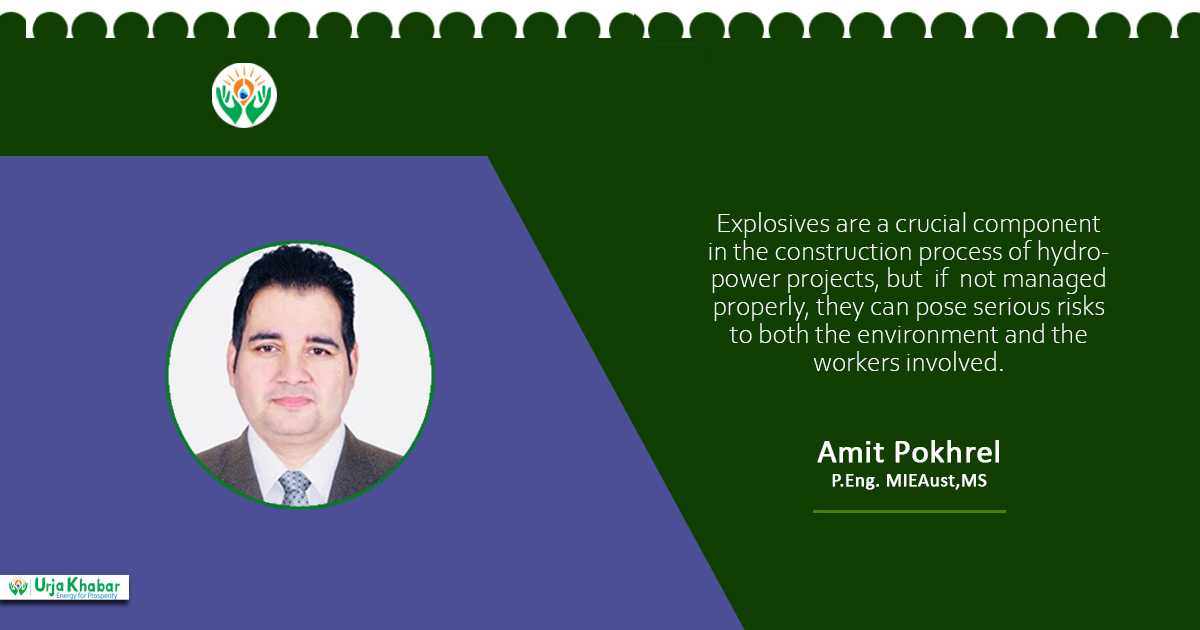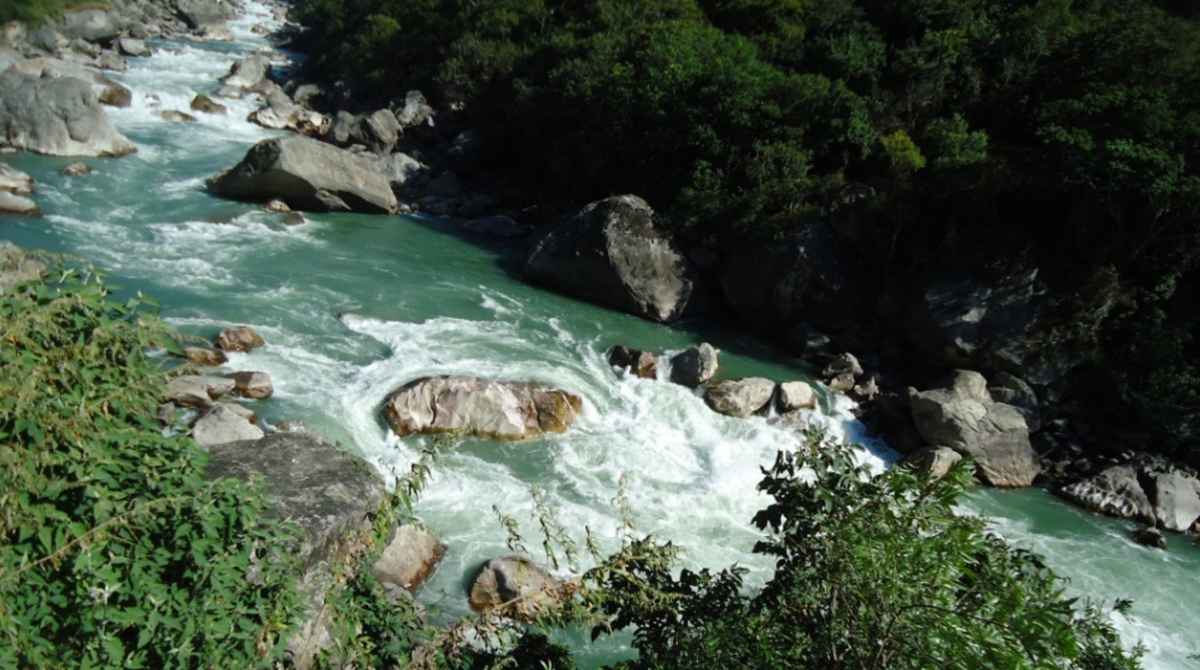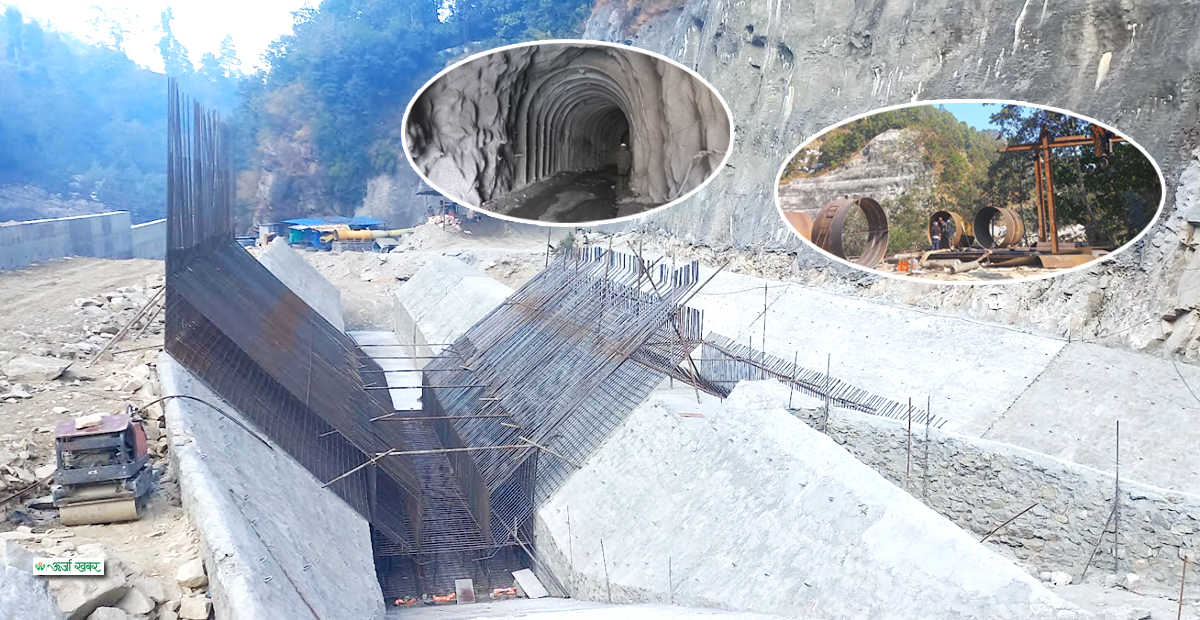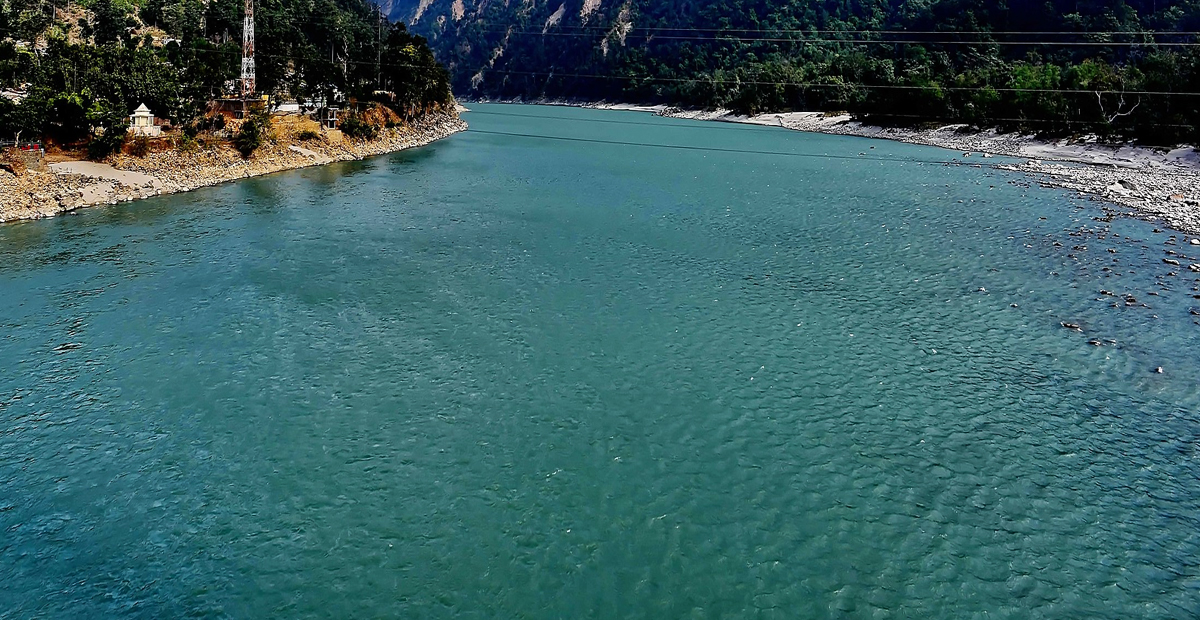Energy Update
Effective Management of Explosives in Nepal's Hydropower Development

When it comes to developing hydropower projects in Nepal, one of the key aspects that cannot be overlooked is the management of explosives. Explosives are a crucial component in the construction process of hydropower projects, but if not managed properly, they can pose serious risks to both the environment and the workers involved. In this article, I will explore the importance of having a robust explosive management policy in place when developing hydropower projects in Nepal.
Explosives play a critical role in various stages of developing hydropower projects. They are used for activities such as blasting tunnels, excavating rock, and creating diversion channels. Without the use of explosives, the construction process of hydropower projects would be significantly delayed, leading to increased costs and potential project failures. However, the use of explosives also comes with inherent risks. Improper handling and storage of explosives can result in accidents that can cause injury or even loss of life. Additionally, the improper disposal of explosives can have detrimental effects on the environment, such as water pollution and soil contamination.

To mitigate the risks associated with the use of explosives in hydropower projects, it is essential to have a comprehensive explosive management policy in place. This policy should outline procedures for the safe handling, storage, transportation, and disposal of explosives, as well as provide guidelines for emergency response in case of accidents. By having a well-defined explosive management policy, hydropower developers can ensure the safety of their workers and protect the environment from potential harm. Moreover, a robust explosive management policy can help prevent costly delays in the construction process and ensure the timely completion of hydropower projects.
An effective explosive management policy should include the following key components:

A. Training and Certification: All personnel involved in handling explosives should receive proper training and certification to ensure they are aware of best practices and safety protocols.
B. Storage and Handling Procedures: The policy should outline strict guidelines for the storage and handling of explosives to prevent accidents and ensure compliance with regulatory requirements.
C. Transportation Protocols: Procedures for the safe transportation of explosives from one site to another should be clearly defined to minimize the risk of accidents during transit.
D. Emergency Response Plan: An emergency response plan should be in place to address any accidents or incidents involving explosives and ensure the safety of workers and the surrounding environment.
In Nepal, the Explosives Act and Explosives Rules regulate the handling, storage, transportation, and use of explosives in various industries, including hydropower projects. Hydropower developers must comply with these regulations to ensure the safe and responsible management of explosives throughout the construction process.
The management of explosives is a critical aspect of developing hydropower projects in Nepal. By implementing a robust explosive management policy can ensure the safety of their workers and protect the environment from potential harm. Compliance with regulatory frameworks is also essential to ensure the responsible use of explosives in hydropower projects. By prioritizing explosive management, hydropower developers can mitigate risks, avoid costly delays, and successfully complete their projects in a safe and timely manner.
Reference
1. guidelines-for-study-of-hydropower-projects-2018.pdf (doed.gov.np)
2. Microsoft Word - Volume I Main Report.doc (doed.gov.np)
3. Project developers can now lend and borrow explosives (kathmandupost.com)
4. ibn-dispatch-14pdf-2085-709-1659349754.pdf
5. Guidelines-for-Study-of-Hydropower-Projects.pdf (pmp.gov.np)
6. 43281-012: Technical Assistance Consultant’s Report (adb.org)
7. report-ciatrishuli-may2020-chapter6.pdf (ifc.org)
8. India’s restriction on supply of explosives halts over four dozen hydropower projects - myRepublica - The New York Times Partner, Latest news of Nepal in English, Latest News Articles (nagariknetwork.com)
9. PA00TG3Q.pdf (usaid.gov)
10. Supplementary Environmental Impact Assessment of Upper Marshyangdi -1 Hydropower Project (102 MW) (mofe.gov.np)
Conversation
- Info. Dept. Reg. No. : 254/073/74
- Telephone : +977-1-5321303
- Email : [email protected]














